Over the past decade, if there is one word that has become synonymous with green motoring it is hybrid. Ever since Toyota launched the first modern commercially viable hybrid with the original Prius (above) in 1997, over one million of them have hit the roads. Of course, as is so often the case, this overnight sensation was anything but. In fact, the technology was nearly a century in the making.
 The first known hybrid was developed by the original Ferdinand Porsche back around the beginning of the twentieth century. The hybrid, as we mostly know it today, was actually developed and patented by engineers at TRW in the late 1960s. While most people have by now heard of hybrids and know that they can improve efficiency, few understand how they work. Since the debut of the Prius, most automakers have been working on hybrids and have developed their own variations in an attempt to reduce the cost and/or improve the efficiency. Let's start (after the jump) with a look the power-split parallel hybrid as popularized by Toyota and Ford.
The first known hybrid was developed by the original Ferdinand Porsche back around the beginning of the twentieth century. The hybrid, as we mostly know it today, was actually developed and patented by engineers at TRW in the late 1960s. While most people have by now heard of hybrids and know that they can improve efficiency, few understand how they work. Since the debut of the Prius, most automakers have been working on hybrids and have developed their own variations in an attempt to reduce the cost and/or improve the efficiency. Let's start (after the jump) with a look the power-split parallel hybrid as popularized by Toyota and Ford.
 The first known hybrid was developed by the original Ferdinand Porsche back around the beginning of the twentieth century. The hybrid, as we mostly know it today, was actually developed and patented by engineers at TRW in the late 1960s. While most people have by now heard of hybrids and know that they can improve efficiency, few understand how they work. Since the debut of the Prius, most automakers have been working on hybrids and have developed their own variations in an attempt to reduce the cost and/or improve the efficiency. Let's start (after the jump) with a look the power-split parallel hybrid as popularized by Toyota and Ford.
The first known hybrid was developed by the original Ferdinand Porsche back around the beginning of the twentieth century. The hybrid, as we mostly know it today, was actually developed and patented by engineers at TRW in the late 1960s. While most people have by now heard of hybrids and know that they can improve efficiency, few understand how they work. Since the debut of the Prius, most automakers have been working on hybrids and have developed their own variations in an attempt to reduce the cost and/or improve the efficiency. Let's start (after the jump) with a look the power-split parallel hybrid as popularized by Toyota and Ford.
In the simplest terms, a hybrid drivetrain is one that uses two or more power sources for propulsion. Since the birth of the automobile in 1886, cars have generally used a single power source. The vast majority have been internal combustion engines running on either gasoline or diesel fuel with power being transferred through some kind of transmission. The modern hybrid car has added some sort of electric drive into the mix, along with an electro-chemical battery for energy storage. There are, of course, other combinations, some of which use hydraulic drives instead of electrical ones or hydrogen fuel cells instead of internal combustion engines.
Hybrid vehicles like those from Toyota, Ford, and GM's Two-modes can be described as power-split strong parallel hybrids. Strong hybrids are generally considered those that can be propelled by either the engine, electric motor or a combination of both. Further differentiating these vehicles from some other strong hybrids that are coming to market in the next few years is the power-split device.
These vehicles all use transmissions with planetary gear-sets that provide continuously variable ratio control. The electronically controlled variable ratio device is used to enable continuously variable blending of the drive torque from the engine and motor/generator. This allows for supplementing or replacing output torque from the engine seamlessly with electric motor torque.
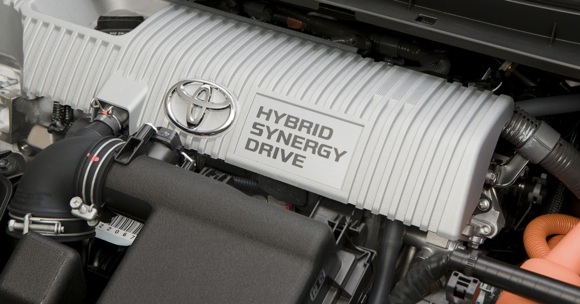
The engines in hybrids are typically configured to operate on an Atkinson cycle. This differs from the traditional Otto cycle in that the intake valve closes late after the piston starts to go back up on the compression stroke. The result is that the power stroke becomes longer than compression stroke, resulting in increased efficiency. The problem is reduced torque output. The immediate and continuous torque output of the hybrid's electric motor can be applied at any time to supplement the lost torque of the Atkinson engine without reducing efficiency.
When the driver presses the accelerator and the battery has energy available, the electric motor can provide extra power without opening up the engine's throttle and burning more fuel. Or, when cruising at light load conditions, the engine can be slowed down or even shutoff with the motor providing the torque necessary to keep the vehicle moving. Similarly, the motor can accelerate the vehicle without the engine running at all, although this is usually only possible at very slow rates.
Electric motors have some very cool characteristics such as the ability to produce torque from zero rpm. More important is their generating capability. If electric current is applied to a motor, the motor will turn. If you mechanically drive a motor it becomes a generator and produces current. When the driver lifts off the accelerator, the wheels drive the motor which then generates electricity to charge the battery.
All current production hybrids use nickel metal hydride batteries for energy storage. Most manufacturers are currently testing lithium ion batteries which have greater energy and power density but are also a lot more expensive. There also concerns with the long-term durability and safety of the lithium batteries but these are rapidly being overcome and lithium batteries will start appearing in mass-produced hybrids in 2009. Mercedes-Benz hopes that its S400 BlueHybrid will be the first hybrid to market with li-ion batteries.
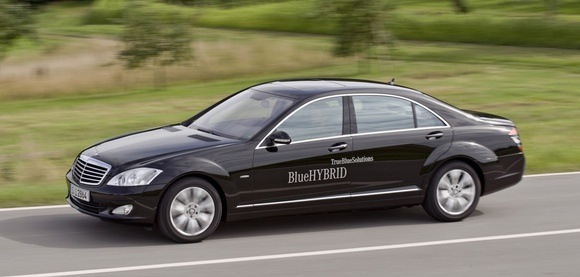
Click the S400 for a high res gallery
The true strength of the hybrid-electric power concept is the ability to use a smaller engine and provide torque on demand and then recover some of the kinetic energy that is normally converted to heat by the brakes. Because current hybrids have limited battery capacity (typically no more than 1.5-2kWh) they provide the greatest benefit when the driving cycle includes a lot of braking and accelerating (something not everyone understands). When a hybrid car is cruising at steady state on the highway, the ability of the hybrid system to provide assistance is limited by the battery capacity and limited regenerative braking.
Even in these conditions, however, a hybrid can be useful to some degree. The two-mode hybrid system used by General Motors on its full-size SUVs and pickup trucks also has a displacement on demand system on its V8 engine that is also used on non-hybrid versions. At light loads, four of the eight cylinders can be deactivated. The ability of the hybrid drive to provide extra drive torque when needed means that GM is able to keep the engine running on four cylinder mode more of the time. In situations where the non-hybrid would re-activate all cylinders such as passing or climbing a grade the hybrid can simply use the motor instead.
In a future Greenlings post, we'll look at non-power-split hybrids in both mild and strong flavors.
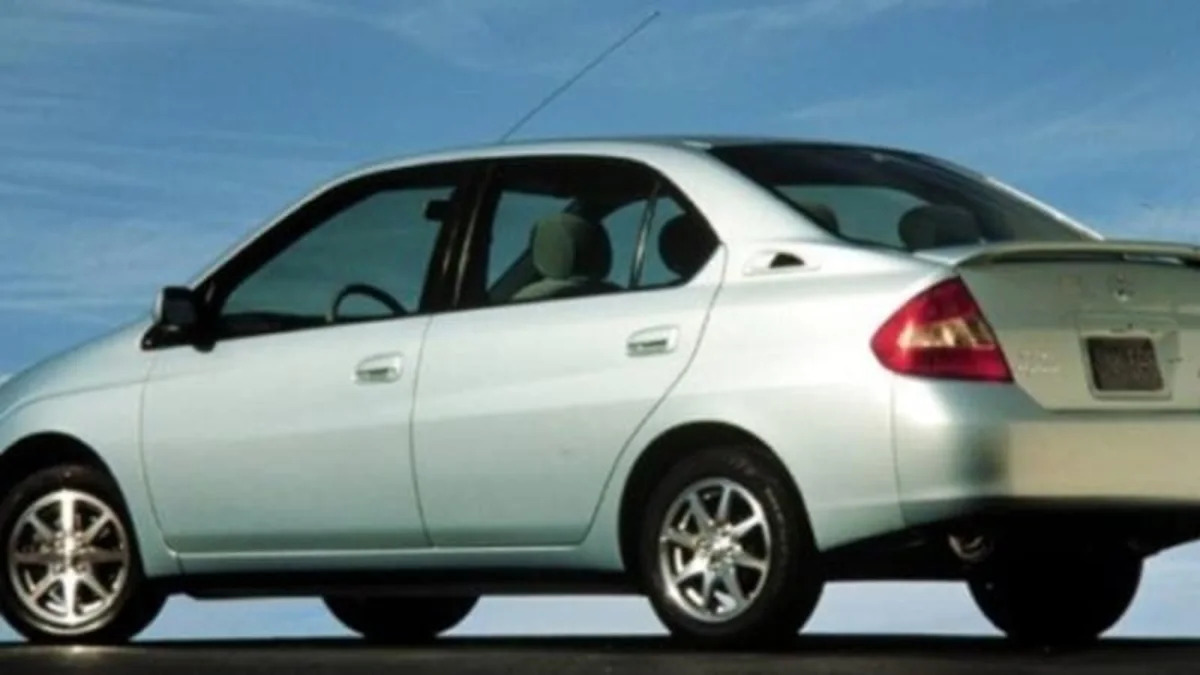
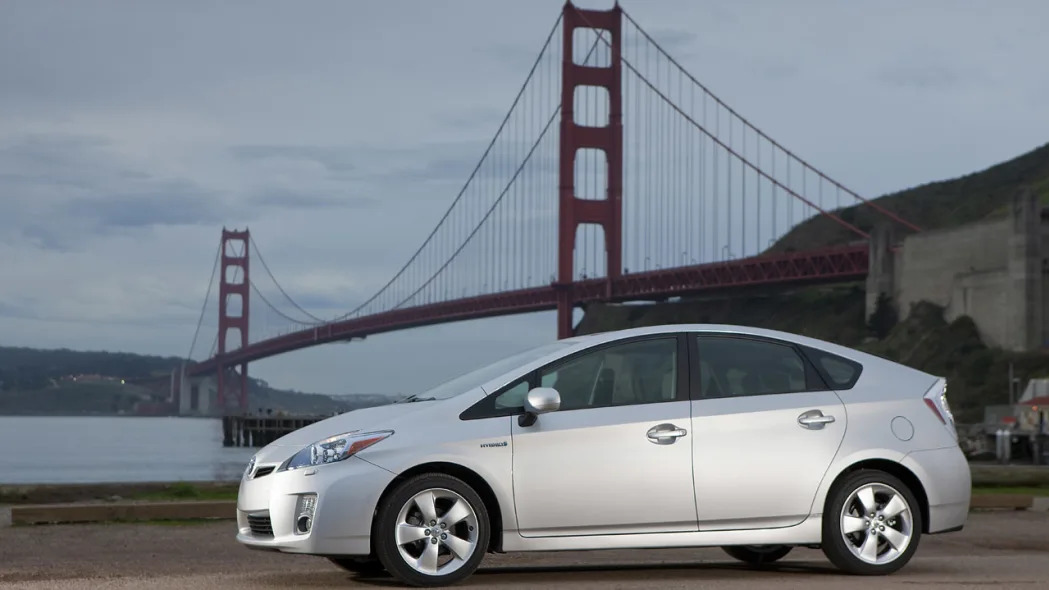
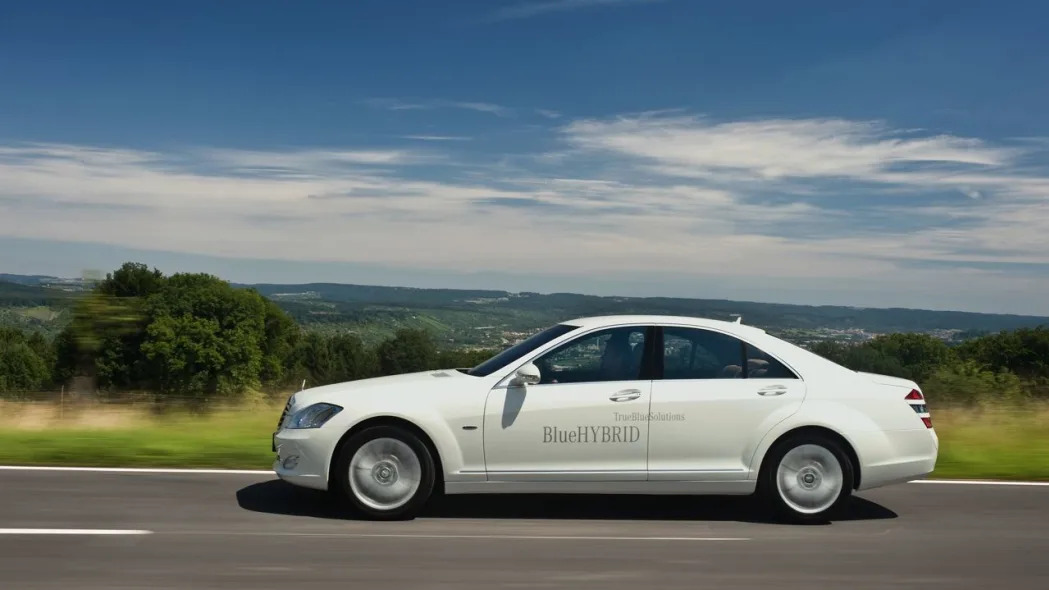

Sign in to post
Please sign in to leave a comment.
Continue